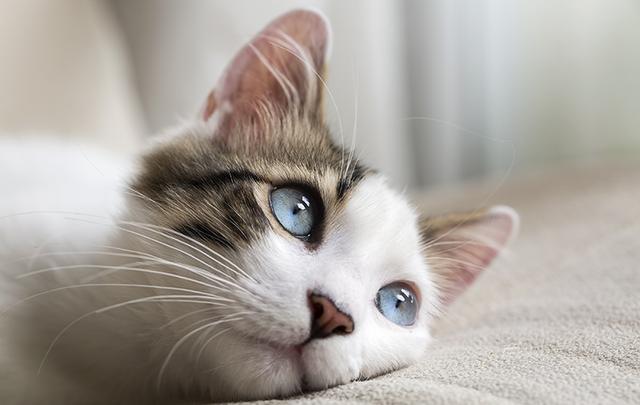
Introduction: Feline Infectious Peritonitis (FIP) – A Formidable Foe and the Path to Prevention
Feline Infectious Peritonitis (FIP) remains a significant threat to our feline friends. However, there is hope as we can take proactive measures to prevent this devastating disease. In this comprehensive article, we will explore in-depth FIP prevention strategies and show you how to safeguard your cat’s health.

Understanding FIP: Unraveling the Mystery
Before delving into prevention methods, it is crucial to have a solid understanding of what Feline Infectious Peritonitis truly is. FIP is a viral disease triggered by a mutated feline coronavirus. It comes in two distinct forms, wet and dry, and is unfortunately known for its often fatal outcome. Recognizing the symptoms, which can range from fever and lethargy to abdominal effusion, is of utmost importance for early diagnosis. Early detection can be a game-changer in the battle against FIP.
Free Cat Feline photo and picture
FIP Prevention Strategies: A Multi-Faceted Approach
Preventing FIP primarily involves minimizing your cat’s exposure to the feline coronavirus, the precursor to this dreaded disease. Here are some essential prevention strategies:
1.Vaccination: Consult with your trusted veterinarian about the FIP vaccine. Although it may not offer complete protection, it can significantly reduce the risk of infection. Keep in mind that vaccination is just one piece of the puzzle.
2.Hygiene: Practice impeccable hygiene by maintaining a clean living space for your cat. Regularly clean the litter box, bedding, and food and water dishes. A clean environment helps reduce the likelihood of virus transmission.
3.Stress Reduction: Stress can be a silent enemy, weakening your cat’s immune system. Minimize stress in your cat’s life by providing a calm and comfortable environment. Consider using pheromone diffusers to ease anxiety and create a more relaxed atmosphere.
4.Isolation: If you have a cat diagnosed with FIP in your home, it is crucial to isolate them from other cats to prevent the spread of the virus. This step can help protect the health of your other feline companions.
5.Screening: When bringing a new cat into your household, consider screening for the presence of the feline coronavirus. Cats that test negative are less likely to transmit the virus, providing an added layer of protection.
Cats at Higher Risk: Identifying the Vulnerable
Certain cats are at a higher risk of developing FIP. Kittens, cats with weakened immune systems, and those in overcrowded environments such as shelters fall into this category. If you have a cat in one of these groups, be especially vigilant in following prevention strategies. Extra care and attention can make a significant difference in their health outcomes.
The Role of GS441524: A Promising Hope
GS441524, an antiviral drug, has generated considerable interest in the context of FIP. While primarily discussed as a treatment option, ongoing research is exploring its potential applications in prevention. This could offer new hope for at-risk cats and open up new avenues for protecting our feline friends.
The Power of Early Intervention: Act Swiftly
In the ongoing battle against FIP, early intervention is invaluable. If you suspect that your cat may be showing symptoms of FIP, don’t hesitate to consult with your veterinarian immediately. Early diagnosis can make a world of difference in the prognosis and the effectiveness of treatment options like GS441524. Time is of the essence when it comes to protecting your cat’s health.
Conclusion: A Shared Responsibility
FIP prevention is a shared responsibility among cat owners, veterinarians, and researchers. By understanding the strategies and options available, we can work together to create a safer, healthier environment for our feline companions. While there is no guaranteed foolproof method, every step toward prevention is a step in the right direction. Let’s join forces to protect the well-being of our beloved cats and give them the best chance at a long and happy life.